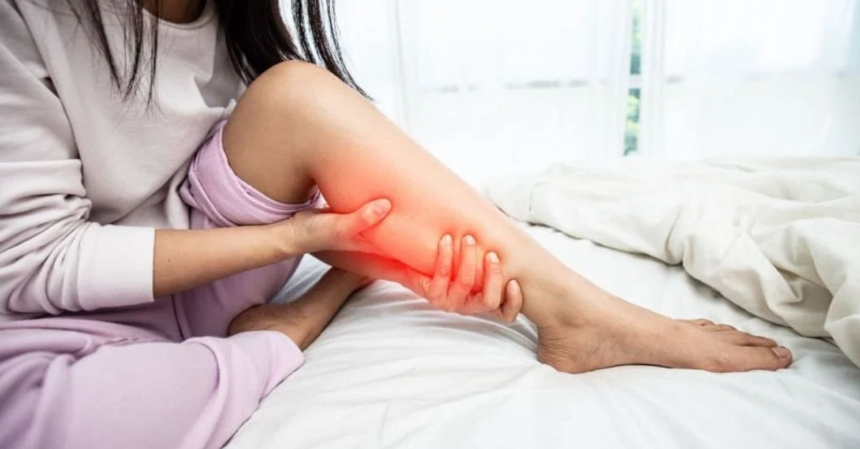Discover the root causes of leg pain during menstruation and empower yourself with effective strategies for relief. Explore hormonal influences, lifestyle adjustments, and professional guidance in our comprehensive guide to understanding and alleviating menstrual leg pain.
Menstruation, a natural and essential aspect of a woman’s reproductive cycle, is often accompanied by a myriad of physical and emotional changes. While some discomfort is normal, many women experience significant leg pain during their periods. In this comprehensive guide, we delve into the reasons behind this phenomenon and explore effective strategies to alleviate and manage leg pain during menstruation.
The Menstrual Connection: Exploring the Causes
Hormonal Fluctuations
One of the primary reasons for leg pain during periods is the fluctuation in hormonal levels, particularly estrogen and progesterone. These hormones play a crucial role in regulating the menstrual cycle, but their variations can impact muscle and joint health, leading to discomfort and pain in the legs.
ALSO READ: 5 Ayurvedic Tips To Burn Belly Fat Naturally
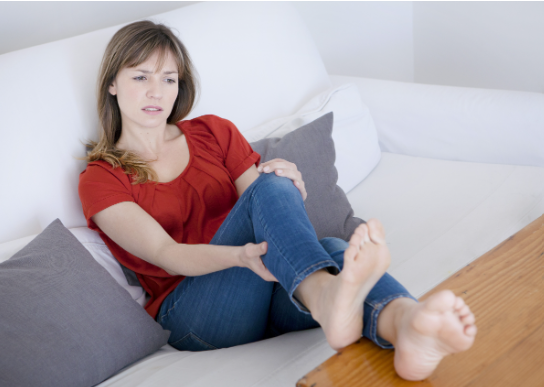
Increased Prostaglandin Levels
Prostaglandins, hormone-like substances produced in the uterus, are essential for menstruation but can also contribute to pain. Elevated levels of prostaglandins can cause uterine contractions, affecting blood flow to the legs and resulting in pain and cramping.
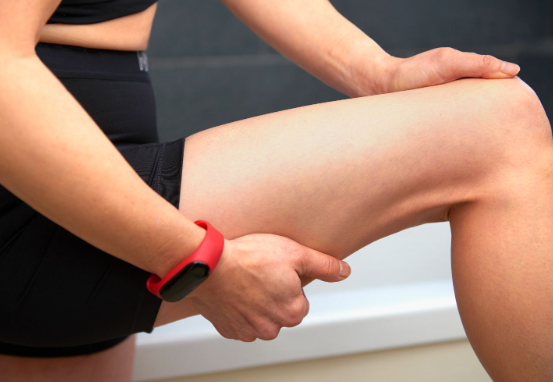
Blood Circulation Issues
Menstruation often brings changes in blood circulation. The increased flow to the pelvic region can affect blood distribution in the legs, leading to sensations of heaviness, tingling, or pain.
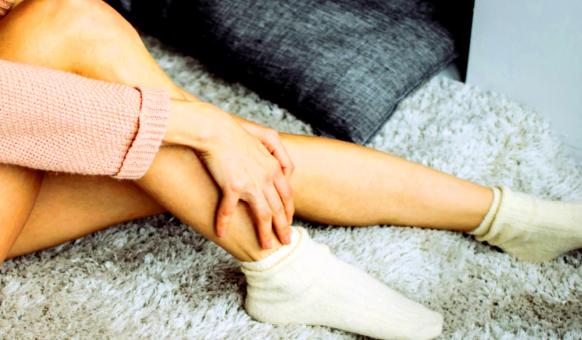
Coping Strategies: Managing Leg Pain Effectively
Regular Exercise
Engaging in regular exercise can significantly reduce leg pain during menstruation. Activities such as walking, swimming, or yoga help improve blood circulation, alleviate muscle tension, and release endorphins, providing a natural pain-relief mechanism.

Heat Therapy
Applying heat to the affected areas can be remarkably effective in easing menstrual leg pain. Whether through hot water bottles, heating pads, or warm baths, heat helps relax muscles, alleviate cramps, and enhance overall comfort.

Dietary Adjustments
Diet plays a crucial role in managing menstrual symptoms, including leg pain. Incorporating anti-inflammatory foods such as fatty fish, leafy greens, and berries can help reduce inflammation and minimize discomfort. Additionally, staying hydrated is essential to maintain overall bodily function.
ALSO READ: Dark Chocolate Vs Milk Chocolate: A Comprehensive Comparison
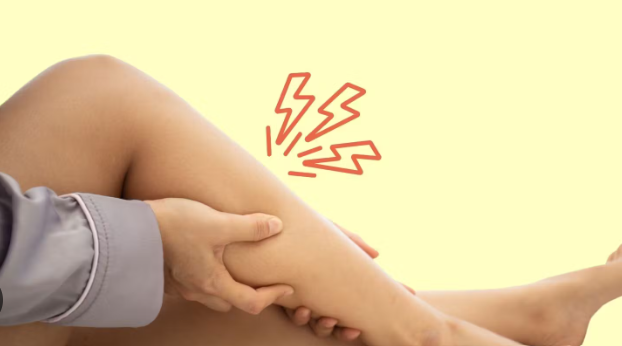
Over-the-Counter Pain Relief
For more immediate relief, over-the-counter pain medications can be beneficial. Nonsteroidal anti-inflammatory drugs (NSAIDs) like ibuprofen can effectively reduce inflammation and alleviate menstrual leg pain. However, it’s crucial to consult with a healthcare professional before regular use.

Seeking Professional Guidance
Consultation with Healthcare Providers
Persistent or severe leg pain during menstruation may warrant a visit to a healthcare professional. Gynecologists or primary care physicians can conduct thorough examinations to rule out underlying conditions and provide personalized recommendations for pain management.

Physical Therapy
In some cases, physical therapy may be recommended to address specific musculoskeletal issues contributing to leg pain. Tailored exercises and therapeutic interventions can enhance muscle strength, flexibility, and overall well-being.
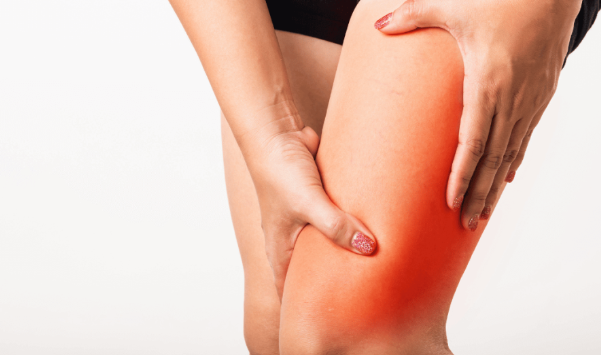
Empowering Women with Knowledge
Understanding the factors contributing to leg pain during menstruation empowers women to make informed decisions about their health and well-being. By incorporating lifestyle adjustments, seeking professional guidance when needed, and prioritizing self-care, women can effectively manage and reduce leg pain during their menstrual cycles.

ALSO READ: 5 Best Fat-Burning Cardio Exercises For Women Over 40
Click here, to check out HNN’s latest post.
Image source: Google







